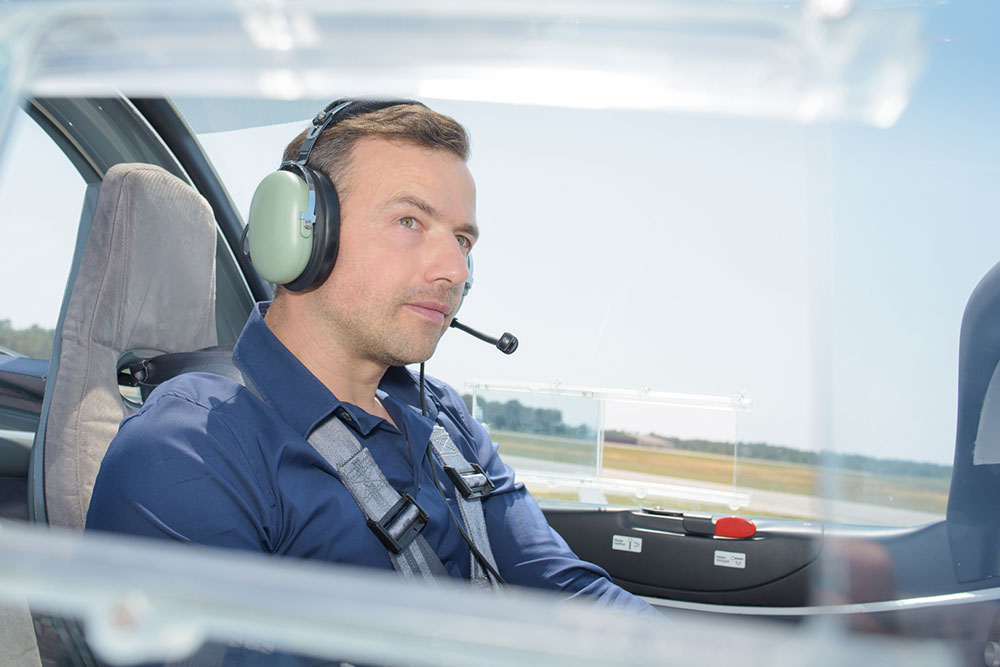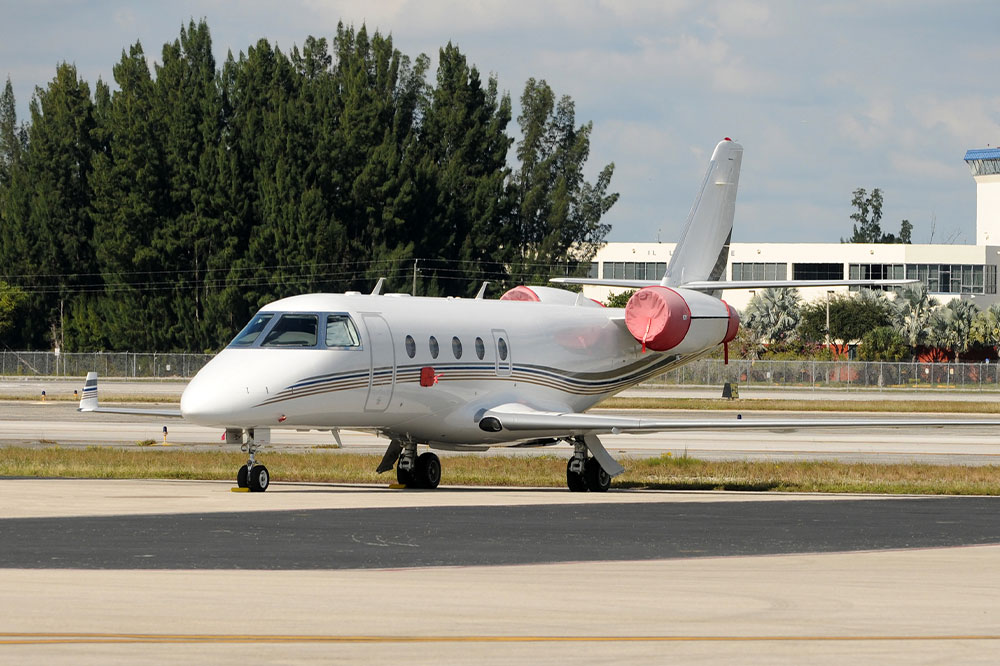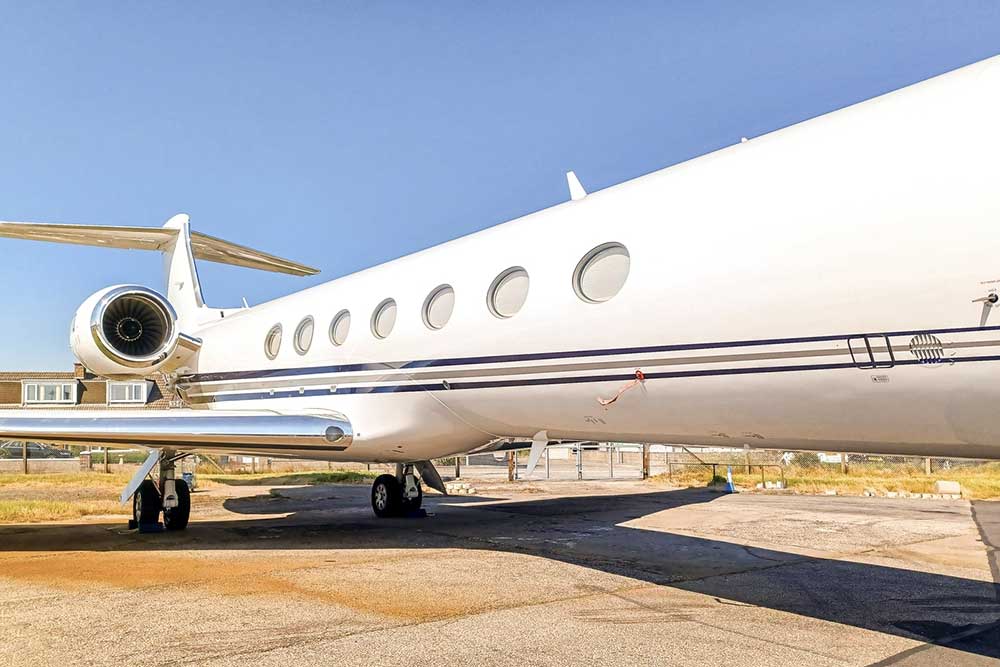Comprehensive Guide to Pilot Training Programs and Strategic Selection Methods
This comprehensive guide explores the various pilot training programs, from beginner certifications to advanced licenses, and offers essential tips for selecting the ideal flight school. Whether aiming for private, commercial, or airline transport pilots, aspiring aviators gain valuable insights to help navigate their training journey. Detailed information on each stage, requirements, and training pathways ensures students are well-prepared to make informed decisions, setting a strong foundation for a successful career in aviation.

Comprehensive Guide to Pilot Training Programs and Strategic Selection Methods
Embarking on a career as a pilot begins with choosing the right training program. Aspiring aviators can pursue specialized education at accredited aviation academies that offer a variety of courses designed to develop essential skills for flying. These programs are intensive, demanding commitment and dedication, but they are crucial for acquiring the necessary licenses and certifications to safely operate aircraft. Since each training program varies in curriculum focus, duration, cost, and reputation, conducting careful comparisons and evaluations is essential. An informed decision helps prevent future dissatisfaction, ensures efficient learning, and paves the way toward a successful aviation career.
Understanding the Types of Pilot Training Programs
Gaining clarity on the different pathways available for pilot training is fundamental when aspiring to work in commercial, private, or specialized aviation sectors. Knowing your options enables you to plan effectively and select a program that aligns with your career goals and personal circumstances.
Progressing from a novice to a fully certified pilot involves completing several systematic stages of training. Each stage builds upon the previous, gradually increasing skills and responsibilities. Here’s a detailed overview of the typical pilot training journey:
Student Pilot Certification: The first step introduces learners to fundamental theoretical knowledge, including navigation principles, aircraft aerodynamics, systems operations, weather interpretation, and aviation regulations. Applicants generally need to be at least 16 years old and demonstrate proficiency in English. During this phase, students are permitted to conduct solo flights under supervision but are not authorized to carry passengers or perform commercial operations. Successful completion involves passing written examinations and obtaining a medical certificate issued by an authorized aviation medical examiner (AME), ensuring fitness for flying.
Private Pilot License (PPL): Acquiring a PPL allows individuals to fly aircraft for personal and recreational purposes, although not for profit. Requirements include being at least 17 years of age and maintaining English fluency. The training covers practical skills such as navigation, aircraft handling, emergency procedures, and flight regulations. Graduates of this program can operate small aircraft independently, but cannot accept compensation or carry paying passengers. The PPL serves as a foundational license that prepares pilots for further advanced training or career development.
Beyond these initial certifications, aspiring pilots can pursue more specialized and advanced training options, such as:
Commercial Pilot License (CPL): This license involves comprehensive training in complex aerodynamics, advanced navigation, and handling larger aircraft. Many pilots opt to add an instrument rating (IR), which enables safe flying in poor weather by referencing cockpit instruments, significantly enhancing operational capability. With a CPL, pilots become qualified to be remunerated for their flying services, opening doors to commercial aviation jobs, charter services, and cargo operations.
Flight Instructor Certification (CFI): Becoming a certified flight instructor involves additional training designed to develop teaching skills, enabling experienced pilots to train the next generation. Applicants must be at least 18 years old, fluent in English, and hold a current FAA commercial or airline transport pilot license, with at least 250 flight hours. CFIs can expand their expertise by obtaining ratings such as Certified Flight Instructor - Instrument (CFII) or Multi-Engine Instructor (MEI), allowing them to teach specialized skills and increase employment opportunities.
Airline Transport Pilot (ATP): The most advanced pilot certification, ATP qualifies pilots to serve as captains on large commercial aircraft. Requirements include being over 23 years old, accruing at least 1,500 hours of flight experience, and passing a comprehensive written and practical exam. ATP holders are entrusted with commanding airline flights, ensuring passenger safety, adherence to regulations, and operational efficiency.
Strategies for Choosing the Right Pilot Training Program and Academy Selecting an appropriate flight school involves meticulous planning and research. Here are key tips to guide your decision-making process:
Set Clear Goals and Conduct Extensive Research: Define your long-term career objectives, whether in commercial airlines, private flying, or specialized aviation roles. Investigate various flight schools’ curricula, reputation, and accreditation. Reach out to alumni and current students to gather insights into their experiences, success stories, and challenges faced during training.
Consider Location and Weather Conditions: The geographic location of your chosen school influences flight training conditions. Regions with favorable weather patterns, clear skies, and minimal turbulence provide safer and more consistent flying experiences. Accessibility, proximity to home, and regional climate are important factors to ensure uninterrupted training sessions.
Assess Financial Aspects and Budgeting: Pilot training can be costly, often running into tens of thousands of dollars. Establish a realistic budget, considering tuition, living expenses, equipment, and additional certification costs. Explore scholarship opportunities, financial aid, and loan options offered by schools or external organizations to ease financial burdens.
Verify Instructor Expertise and Credentials: Experienced instructors are vital for effective learning. Visit prospective schools, meet instructors personally, and review their certifications, flight hours, and teaching experience. A highly qualified instructor can significantly influence your training quality and confidence levels.
Evaluate School Facilities and Environment: A supportive, well-equipped training environment enhances learning. Speak with current students and alumni to understand the school's operational standards, safety culture, and overall atmosphere. A positive environment fosters better engagement and skill acquisition.
In summary, choosing the right pilot training program is a crucial step toward realizing your aviation dreams. Thorough research, clear goal-setting, and careful evaluation of options ensure you select a program that matches your aspirations and circumstances. With proper planning and guidance from experienced instructors, aspiring pilots can turn their passion for flying into a rewarding professional journey, ultimately achieving their dream of taking to the skies.




